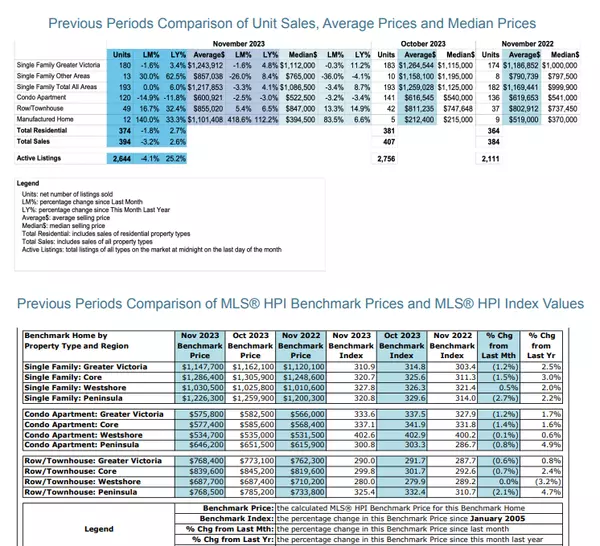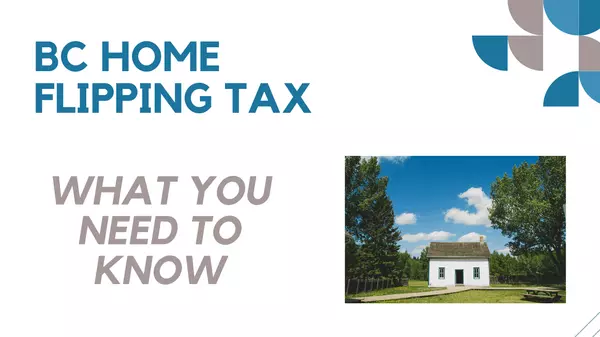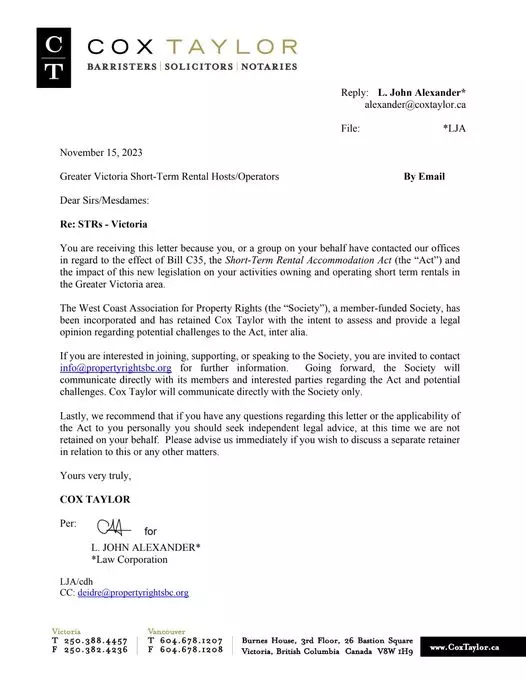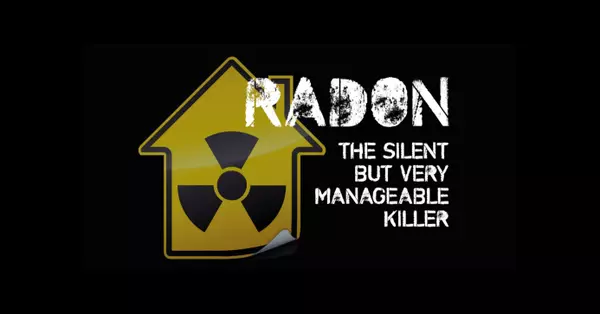
Renovating A Strata?
Many people intend to renovate their strata lot either before or shortly after moving in. So, what exactly should your clients know about renovating a strata lot? It's crucial they understand the approval process and plan accordingly. If you are unsure whether your planned renovations require strata corporation approval, asking the strata for confirmation is always better. 1. Approval Takes Time. Be Flexible and Patient. Ensure you understand that things tend to move more slowly in the strata world. While not all renovations require approval, many do. The process typically follows these steps: When a buyer purchases a strata lot and becomes the owner, the strata is not obligated to consider or approve any proposed alterations before the buyer becomes an owner. The new owner requests approval from the strata corporation. The strata corporation may require a renovation application form to be completed or ask for details regarding the renovation. The application may require specific details, such as materials being used, contractor details, and confirmation of insurance/WorkSafeBC coverage. The strata council reviews the application/details at their next meeting. If satisfied, the strata council approves the renovation. If not, they request additional information. This process may continue through several meetings until the strata council is satisfied. The strata corporation may require the owner to complete an alteration agreement (also referred to as an indemnity agreement) before starting the renovations. 2. Alteration (Indemnity) Agreements Many strata corporations require owners making improvements to sign an agreement confirming they will, among other things: Abide by the strata corporation’s bylaws. Obtain necessary permits and approvals. Hire appropriate professionals to complete the renovations. Ensure contractors have proper insurance and WorkSafeBC coverage. Take responsibility for future repairs and maintenance. Insure the upgraded components within their strata lot. 3. Read the Bylaws Many strata corporations have bylaws pertaining to renovations that may include: Time limits for reviewing renovation applications. Restrictions on the types of alterations allowed, such as: Flooring bylaws: Requirements for specific underlays, restrictions on certain types of flooring, and/or requirements to cover a certain percentage of the flooring with carpets or rugs. Notification bylaws: Inform neighbours about renovation schedules. Work hours bylaws: Restrictions on when renovations can be carried out. Common property access bylaws: Requirements to use specific building access points, as well as debris containment and clean-up bylaws. Waste bylaws: Requirements to remove construction garbage at the owner’s own cost. Limited common property restrictions: Limitations on the types of changes owners can make to areas, such as balconies. Component restriction bylaws: Restrictions on installing certain components like hot tubs or heat pumps. 4. Special Considerations for Specific Alterations Some alterations, like converting a garage into a living space, require additional approvals and compliance with local building regulations. These may also necessitate amendments to the Schedule of Unit Entitlement and possibly a unanimous vote of the owners. 5. Unauthorized Alterations It's not uncommon for owners to make changes without obtaining the necessary approvals. Strata corporations have several enforcement tools, such as imposing fines, seeking orders for compliance, or even removing unauthorized alterations at the owner's expense. A Buyer could inherit these liabilities when purchasing a strata lot with unauthorized alterations. Therefore, it’s important to obtain and review all documentation pertaining to any alterations made in the strata lot. If you notice alterations that don’t have corresponding documentation, it’s crucial to ensure the strata is aware of and has approved these changes. If approval has not been granted, it may be prudent to ensure the sellers obtain retroactive approval from the strata prior to completion. Remembering these points, you can ensure a smoother renovation process. Patience, thorough planning, and adherence to bylaws are key to successful renovations in a strata setting.

November Market Update.
In November, the Victoria Real Estate Board region saw a total of 394 properties change hands, marking a 2.6% uptick from the 384 properties sold in the same month last year. However, this figure represents a 3.2% decline from the sales recorded in October 2023. Condominium sales experienced an 11.8% dip compared to November 2022, with 120 units sold, while single-family home sales increased by 6% to 193 units from the previous year. Victoria Real Estate Board Chair Graden Sol commented on the market dynamics, noting that a slight relaxation in sales was expected given the current interest rate environment. While sales figures remain below long-term averages, Sol pointed out a positive trend with a 25% increase in listings compared to the previous year, indicating a recovery from the historically low inventory levels. As of the end of November 2023, there were 2,644 active listings on the Victoria Real Estate Board Multiple Listing Service®, reflecting a 4.1% decrease from October but a significant 25.2% rise from November 2022. Sol emphasized the benefits of balanced market conditions, making transitions smoother for buyers and sellers. He highlighted that increased inventory provides more choices for sellers, and buyers can enjoy a more favourable market with additional time and options. Sol encouraged those considering a move in the new year to consult with their preferred REALTOR® now, taking advantage of the balanced market conditions. The Multiple Listing Service® Home Price Index showed that the benchmark value for a single-family home in the Victoria Core increased by 3% from November 2022 to $1,286,400. Similarly, the benchmark value for a condominium in the same area rose by 1.6% to $577,400 compared to the previous year. Despite these increases, both figures were slightly down from those recorded in October 2023.
Higher Density Coming to Transit Hubs
The proposed legislation is focused on expediting the development of homes near transit hubs, aiming to enhance communities by providing easy access to transit, services, and amenities. Ravi Kahlon, the Minister of Housing, emphasizes the positive impact of such developments on individuals and communities, stating that existing regulations hinder progress in many municipalities. The goal is to eliminate barriers and accelerate the creation of transit-oriented communities. As part of the legislative initiative, the government plans to allocate approximately $400 million, outlined in Budget 2023, to produce thousands of housing units within a decade or more. This funding will be utilized to acquire suitable land near transit hubs, transforming it into thriving, connected communities. Rob Fleming, the Minister of Transportation and Infrastructure, underscores the government's commitment to leveraging public lands for building affordable housing in well-connected, livable communities. The legislation, if passed, is expected to remove obstacles and streamline the development of transit-oriented projects that align with the needs of local communities. The current scenario in British Columbia reveals that while some higher-density neighbourhoods have been successfully established around transit hubs, others face challenges such as restrictive zoning bylaws, parking requirements, and delayed development approvals. The proposed legislation aims to address these issues by requiring municipalities to designate Transit Oriented Development Areas (TOD Areas) near transit hubs. Within these designated TOD Areas, municipalities will need to permit housing developments meeting provincial standards for height and density. These standards, categorized by tiers, will be highest at the center of the TOD Area and will vary based on the type of transit hub and the municipality's size, population, and location. The legislation also advocates for removing restrictive parking minimums, allowing parking to be determined based on project-specific needs. The legislation encourages consistency in developing TOD Areas by utilizing standards outlined in the provincial policy manual. Municipalities will retain the authority to require parking for individuals with disabilities, while commercial parking requirements in TOD Areas remain unaffected. Preliminary analysis suggests that the province could witness the creation of approximately 100,000 new units in TOD Areas over the next decade. To support the legislation, a provincial policy manual will be established to aid municipalities in setting site standards and progressing with proposed housing projects. Following the release of regulations and the policy manual in December 2023, lands designated for transit-oriented growth in official community plans will immediately fall under the new minimum allowable density requirements. For other TOD Areas requiring local government designation, municipalities have until June 30, 2024, to complete this process. The legislation aligns with the proposed small-scale, multi-unit housing legislation (SSMU), which aims to increase density near transit stops. However, TOD Areas with higher density will take precedence over SSMU zoning if there is an overlap. This legislation is an integral part of the Homes for People action plan, announced in spring 2023, building on previous housing initiatives since 2017. The plan outlines further actions to expedite housing delivery, fostering vibrant communities across British Columbia. Further info : https://news.gov.bc.ca/releases/2023HOUS0063-001748
Categories
Recent Posts










